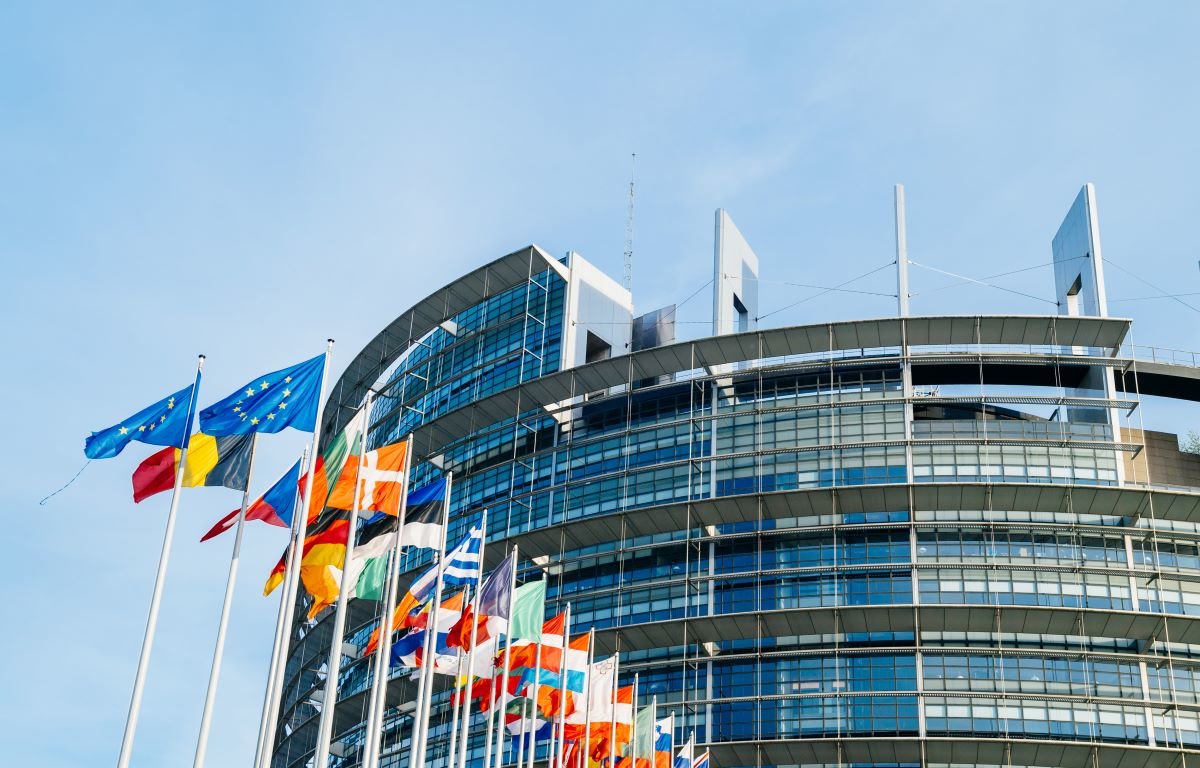The EU taxonomy provides clarity on what economic activities are ‘green’. In the context of the European Green Deal, it is inevitably being used to judge whether Europe is serious about its goal of climate neutrality by 2050.
Internal debates that focus on technical classification of activity at the margins risk missing the big picture geopolitically. The potential impact for Member States of undermining the EU’s international reputation is much greater than those that could result from confirming that certain economic activities will not be compatible with the climate transition in the long term.
Context for the EU taxonomy
This briefing makes the case for supporting an ambitious, internationally credible, and evidence-based outcome from the current process of finalising the Delegated Act.
The EU taxonomy is a tool for defining which economic activities are classed as ‘sustainable’. Its original purpose was to eliminate greenwashing and support investors to make informed decisions. It has more recently been considered as a tool to guide and shape disbursement of EU budget and recovery funds. While it was not the Commission’s original intention, the EU taxonomy now has the visibility and symbolic power to define the ‘green’ in European Green Deal.
By creating the taxonomy, the EU set a bold new international finance norm. The EU taxonomy was a key measure within the 2018 Sustainable Finance Action Plan and many countries have now followed the EU’s example by creating their own taxonomies. The EU has initiated an international harmonisation process, with China, through the International Platform on Sustainable Finance. The new US administration has acknowledged that it will need to take action in this area.
The EU taxonomy refers to scientific thresholds, but how it is used is a political decision. Deciding on what is environmentally sustainable over the long term is a matter for scientific and technical discussion, rather than a matter for political debate. In the case of climate change, ‘what is green’ is based on the best current understanding of climate science and what is required to reach the EU’s goal of climate neutrality by 2050. The Delegated Act sets out which activities are in this category but does not say anything about how the list should be used or place any investment restrictions on Member States.



